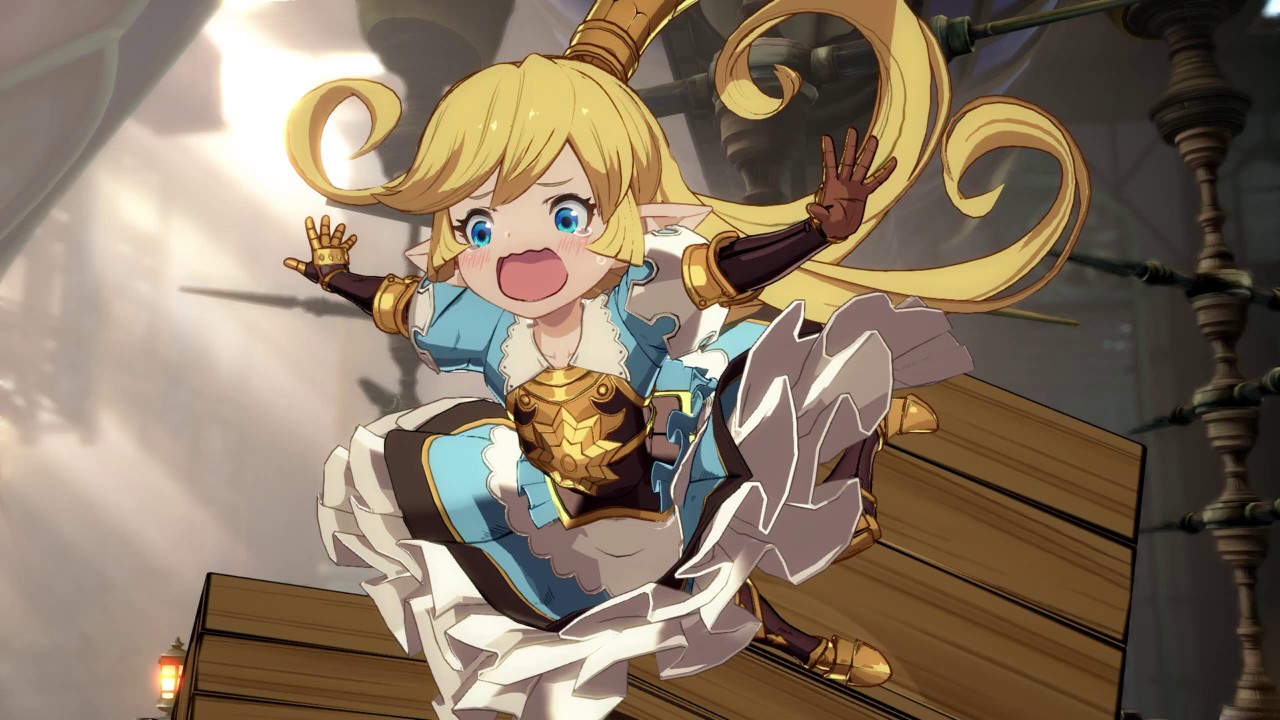
Content warning: Themes of anxiety, depression, and suicide
Spoilers for the Serial Experiments Lain television show and the Playstation game
“And you don’t seem to understand,” sings Bôa frontwoman Jasmine Rodgers at the beginning of each episode of Serial Experiments Lain.
This lyric becomes the mission statement of the show as Lain–this innocent, anxious schoolgirl–becomes a mystery within the show herself. No one understands her. As the show continues, she doesn’t seem able to understand herself, either.
The show resolves this issue by the end of its run, albeit in a way that feels cliché. Lain is a program created by some evil tech guy who wants to take over the world, and Lain ultimately resists this plan, becoming one with the network, similar to the end of Ghost in the Shell. To accept this clumsy plot development as the sole explanation of Lain’s nature does a disservice to her character.
Lain is confused, lost. Suffering from anxiety, she has a hard time connecting with other people at her school. Save for her best friend, Alice, most of her friend group doesn’t check in on her. Although they acknowledge her physical presence, emotionally they are not concerned about her as a person.
When Lain’s father buys her a computer, she finds comfort in technology. Exploring the show’s equivalent of the internet–The Wired–Lain gains a renewed self confidence. She makes friends through The Wired. During class lectures, she secretly texts the friends she has made online with a smile on her face. She starts going straight home right after class to log into The Wired. These new friends don’t know much about Lain; many of them don’t seem to know that she is a girl, let alone a child. This excites Lain. Without a physical appearance, within the comfort of her own room, Lain can get along with people just fine.

Lain goes through a very similar arc in the Serial Experiments Lain Playstation game. The game–developed and released around the same time as the show–invites the player to interact with an odd computer interface, accessing audio files and videos that tell a story separate from the one seen in the show. Imagine “Her Story” except it’s about a sad anime girl and her awful therapist who struggles to treat her patient’s mental illness.
Playstation Lain suffers bullying at school. Students vandalize her desk with violent messages and gossip behind her back. The few friends she makes abandon her and act as though they never knew her.
When Lain connects to The Wired, it is one of the few places in her life where she isn’t subject to scrutiny.
“Everybody is friendly,” Lain writes in her diary. “No one can bully me here.”
As Lain gets more involved in The Wired, we see her teleport to different locations, both within The Wired itself and in the real world. We see her visit a developer at the end of his life inside a digital mansion he has built for himself. We see a version of Lain visit her friend Alice, mocking her as she reveals that she has been spreading rumors about her. Lain’s knowledge of The Wired grants her the ability to transcend the rules of reality, becoming more than just a body in the physical realm.

At some point in the story, in both the TV show and the game, it is revealed that Lain has multiple personality disorder. But Lain is not conscious of this. She doesn’t know that multiple personalities reside within her, causing harm to her loved ones without her knowledge. This leads to Lain questioning her sense of self.
By the end of the show, Lain accepts herself despite being a mystery to those around her. With the help of Alice, she is able to carve a path forward for herself, rather than being complicit in the violence she was created to participate in. She finds peace and transcends the physical realm.
In the Playstation game, Lain lacks this self-acceptance. Living with an abusive mother and having no real friends to turn to, Lain spirals out emotionally. At the end of the game, Lain again transcends the physical realm, but this time doing so by taking her own life, leaving a version of herself that only exists through The Wired.

Despite having two wildly different tones, both versions of Lain tackle themes of selfhood. In the show, Lain is able to achieve a sense of selfhood, albeit one that is abstract. Playstation Lain, however, encourages the player to construct their own version of Lain’s selfhood. The story is told in a non-linear fashion, with the player having to wade through the game’s logs in order to piece together the full story, and to come up with their own conclusions. After viewing the game’s ending, the game invites the player to dive back in, presenting new files that give additional context to the events the player just witnessed. If the game were ever localized in the west, one could imagine the infamous ‘How do I decide when I’m satisfied?’ comment would have been applied here as well. Where and when the player decides to disengage with the story–and with Lain herself–is entirely up to them.
This is why I love and connect with the character of Lain: She refuses to be defined by anyone. In the show, she defies her original creator, rejecting his will and forging a path for herself. In the game, she is a mere presence, indifferent to the player sorting through her computer files, leaving them to their own devices. By the end of either scenario, Lain doesn’t care about how she is perceived, or of what others think she should do. She simply is.
It isn’t surprising that many Letterboxd (yes, it’s on there) and Backlogged reviews for their respective Lain media are filled with comments about how Lain made them trans. What makes Lain relatable isn’t just her social anxiety, her depression, or her interpersonal relationships and lack thereof. Lain is fluid, Lain is malleable; Lain exists on the border between the digital realm and reality, with the knowledge that the lines between the two are blurred beyond human comprehension.

Amidst a multiple years-long global pandemic, Lain represents the obfuscation between digital and physical. She is the representation of the workers who interface with digital technologies for the sake of labor, only to clock out and explore digital chat rooms and worlds for play. Lain, decades before its existence, anticipates the Doordash order you are making, knowing that the digital presence doesn’t exist without the upkeep of a physical body. Lain, alone in her expansive, nightmarish computer room, oversees the obfuscation of selfhood, labor, and consumption. Alone, she tries to reach out with you, trying desperately to form a connection.
“I am hurting, I have lost it all. I am losing. Help me to breathe.”



